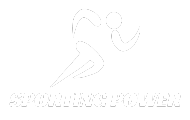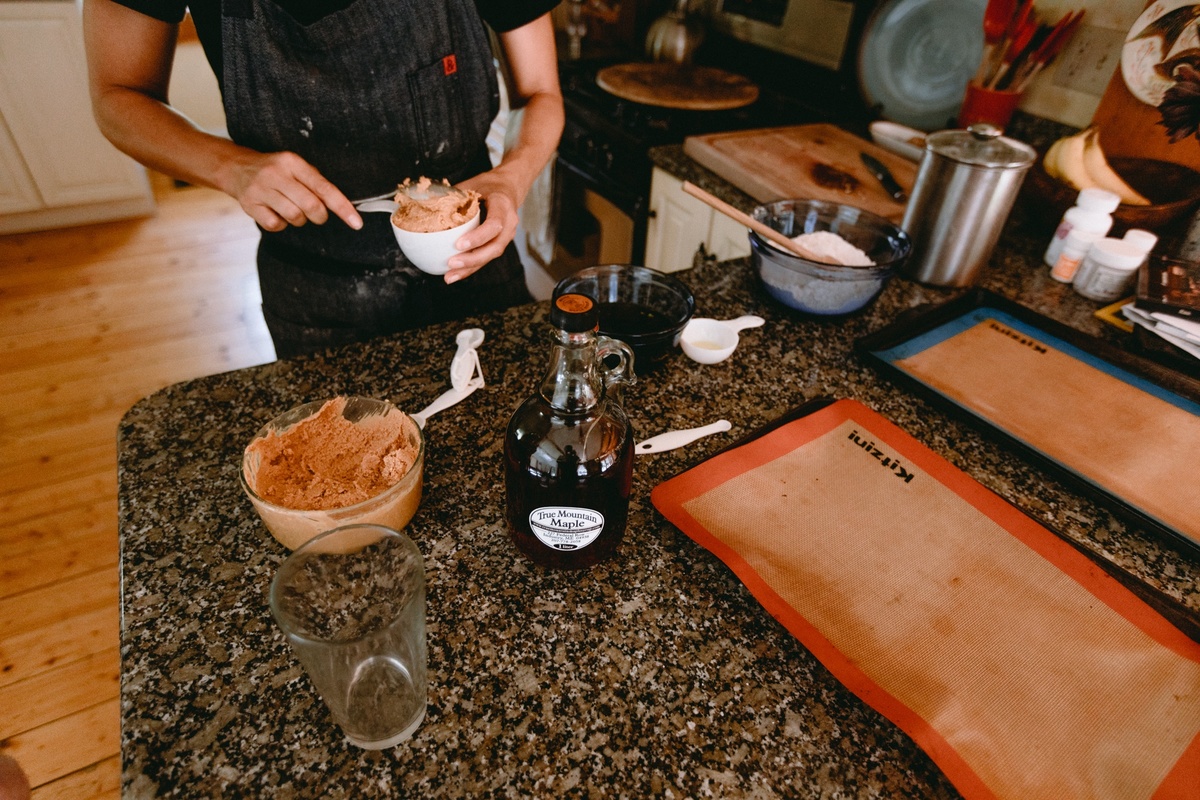You have worked hard to prepare for your race. Week after week, you put in long hours of work so that you are in peak condition. The big day is finally here. Do not let your hard work and preparation be wasted by making the wrong choices for race day nutrition. You can’t expect an F1 car to win a Grand Prix by putting sawdust into its tank. Similarly, you cannot expect your body to perform well on race day if you eat whatever you like.
We talked to Coach Mac Cassin at Wahoo Sports Science about winning fueling strategies for race day. Use these simple and effective techniques to ensure your engine is ready to get you to the finish line.
General Fueling Guidelines
Concentrate on carbs and lean proteins. Eat a substantial meal with carbs and protein lean at least two hours prior to your event.
Overfuelling is better than underfuelling, especially in endurance events lasting longer.
Eat at least 60 minutes prior to your event.
Avoid dairy.
Avoid fiber and fats, as they take time to convert into fuel.
You should avoid fried and salty foods. These foods can reduce your body’s capacity to absorb carbohydrates.
90g of carbohydrates per hour is the maximum that your body can absorb. 60g of carbohydrates should come in the form glucose and 30g fructose. Check the ingredient list for “maltodextrin”.
A 75kg/165lb man has approximately 500g of carbohydrate stored as fuel. A 100w power output for one hour burns 360 calories. (A 200w power output for one hour burns 720 calories.) Keep an eye on the output of your power meter and adjust carbs to match.
Around 90 minutes are required for the carbohydrates to become available to your muscles. It’s not a good idea to wait until you are hungry before eating.
Use what you know
It’s not the day before a big race or event that you should be embracing your culinary side. It’s likely that you’ll be feeling a bit gurgly on race day, and introducing unfamiliar or new foods will only make it worse. Don’t try something new on race day. If you usually eat oatmeal with raisins and peanut butter, then don’t switch to Thai fried rice or a T bone. The key is to stick with what you know, eat something predictable and eat something easy to digest.
Eat for the Event
Your fueling strategy will be heavily influenced by the duration and demands of your race. A 45-minute race will need a different fueling strategy than a 200-mile, 12-hour gravel race. You should avoid eating close to the race start, regardless of the event. This will prevent you from experiencing any large fluctuations in your blood sugar levels that could cause you to crash. You should avoid eating for at least one hour before the start of the race.
Crits and shorter events:
Two hours before the shoot, eat a substantial meal consisting of rice with eggs or eggwhites. Then take a gel ten minutes before.
Avoid carbs 60 minutes prior to the event if it is less than 90 minutes. It takes carbs about an hour and half to reach your system. Eating too close to start can cause blood sugar to spike and crash just when you are most in need of energy.
You won’t need to consume any extra fuel for shorter events, as your muscles won’t have access to it until after you’ve crossed the finish line. It’s sufficient to drink a sports beverage or electrolyte liquid.
For longer endurance events:
Two hours before the race, a big bowl of oatmeal with nuts, nut butter, and raisins would be ideal. (Assuming you have tried it out in training and not for the first time).
Eat carbs in small quantities frequently, ideally 15 minutes apart. A gel flask will make it easier to take in fuel and prevent you from carrying around empty gel packets.
Drink your carbs. Sports drinks with high carbohydrate content make it convenient and easy to get the nutrients you need. It is better to take frequent small sips than to chug a whole bottle.
Attention to hydration is important. It is just as important to fuel up with plenty of fluids, and replace electrolytes.







